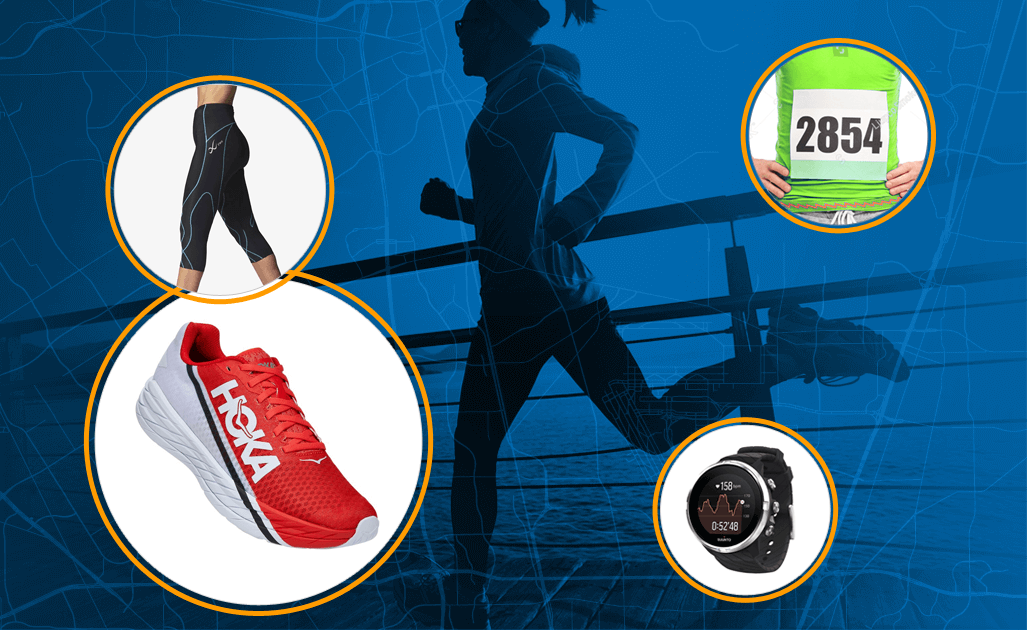When it comes to cold-weather, the right base layer for running can keep us warm, comfortable, safe and even motivated to get out the door in the first place...
.
Especially when temperatures dip below freezing, wind is howling and snow swirling.
.
A base layer for running can help you manage weather and conditions when the going gets cold.
.
What exactly is a base layer for running?
.
Here's some advice from runner Brynn Cunningham + 11 base layer for running picks.
Here's the basics about base layers for running, they are...
🔥Base layers come in various levels of warmth:
And in a variety of fabrics:
Many of the top running apparel brands offer base layer for running options giving runners a wide array of:
Planning some runs in colder weather? Check out these 11 base layer for running picks:
For assistance in determining your own size, here are the female wear tester’s measurements:
The Patagonia Long-Sleeved Capilene Cool Daily Shirt, which I wear in size extra small, is listed in the Patagonia Baselayer section of their website, though it functions well as a stand-alone shirt, too.
.
While I mostly use it as the latter, it comes in handy...
After all, I live in the same region as the ninth cloudiest city in the United States, right up there with Seattle and Portland, making a lightweight base layer a running wardrobe must-have.
.
Because when it’s 50 degrees with zero sun and lots of elements, the real-feel temperature can bring on a chill quite quickly, especially on the trails.
.
The fit: The waist is a bit wide (it does not hug the body), and the arms are a bit short, but I have long arms.
.
Still, the Capilene Cool Daily Shirt fits nicely under loose outer layers and even sweaters.
Another running wardrobe staple is a midweight base layer such as the Patagonia Capilene Midweight Crew, which I wear in an extra small.
.
It has a smooth outer finish, allowing for ease of layering, as well as elastic thumb holes, making it a cinch to wriggle into another shirt or outer layer.
The fit: The arms are a little bit longer than the Capilene Cool Daily Shirt, making it easier to slip into the elastic thumb holes when needed. I wear the Midweight Crew three seasons of the year.
If you were to rate the Patagonia base layers reviewed in this article as warm/ warmer/ warmest, the Patagonia Capilene Thermal Weight Crew, which I wear in size extra small, would certainly be warmest.
.
Winter running is a magical time of the year to get out and experience the world.
The fit: The Capilene Thermal Weight sits slightly lower on the hips than the Midweight and is a little bit stretchier, always a plus.
A high neck base layer like the Ridge Merino Aspect Merino Wool High Neck Top, which I wear in size extra small, can...
The Aspect is thinner than non-wool base layers but has all the warmth while possessing those much-loved merino wool qualities, including:
I wear the Aspect as a stand-alone shirt when it’s 30-something degrees and also as the first layer when it’s below freezing.
.
Additionally, the high neck covers my entire face...
Even more, the Aspect is multi-functional and versatile
The fit: Sometimes my extra-small shirts have short arms, but not the Ridge Merino Aspect.
Because the Smartwool Classic Thermal Merino Base Layer Crew, which I wear in size extra small, is a hand-me-down that’s nearly 10 years old, I’m not sure if the shirt pictured here holds the exact same description as the current version listed on the website, but it’s pretty darn close.
.
100 percent merino wool shirt. Regardless, I had to include it, because, despite its age, it’s a classic, 100 percent merino wool shirt, and aside from some staining and slightly saggy armpits from years of wear, it’s in good condition.
.
As I mentioned, merino wool is a wonder fabric for high-output outdoor adventures like trail running, or even plain running, and you can’t beat it for its warmth.
.
Once upon a time, I used to grab this favorite shirt for running on 50-degree days, deceived by the lightness of the fabric, only to get into the run to realize that I chose a thermal shirt, albeit one that felt too lightweight to be thermal.
.
I’ve learned to reserve this one for colder days, 30 degrees or less, and I hope to hold onto it for another 10 years.
.
The fit: Perfect: snug torso, long arms, stretchy.
.
Shop Smartwool
A midweight base layer legging like the Patagonia Women’s Capilene Midweight Baselayer Bottoms, which I have in size small, works perfectly for a high-output activity like running.
.
When worn underneath a rain shell or wind pants, the Patagonia Women’s Capilene Midweight Baselayer Bottoms regulates temperature well and keeps in the warmth without overheating.
.
Keep in mind that I lean to the colder side...
The fit: I am usually in between a size small or extra small in bottoms, and while I went for small in the Patagonia Capilene Bottoms, sometimes I wish I would have purchased a size extra small, as the knees and thighs are baggy.
While my favorite pair of lightweight base layer bottoms are a discontinued size extra small Mountain Hardwear product, with nothing similar on their shelves, these extra small Smartwool ones are a close second.
I use these much like the midweight and thermal pair of base layer leggings that I own:
The fit: Yep, extra small is the perfect fit.
Smartwool knows how to do base layers, and the Smartwool Women’s Classic Thermal Merino 250 Base Layer Bottom, which I have in size small, is no exception.
The fit: They fit similarly to the Patagonia Midweight Baselayer Bottom (read review above) but are even baggier in the knees and hip area - perhaps you can see the loose fabric on the hips in the photo.
.
But again, I wanted to be able to sleep in them during cold-weather camping, so I opted for a looser fit.
.
Maybe one day I’ll find the perfectly fitting base layer bottom!
.
Shop Smartwool
Nathan Reyes is the co-founder of WeeViews.
.
He's game for some cold-weather running in Ohio with the right base layers.
.
And in case you didn't know, he's also a running-sock aficionado.
Here's his base layer for running recommendation...
I tend to get pretty chilly this time of year, so I went for the Burton Men’s Midweight Base Layer Long Neck Shirt.
.
Why?
Runners will appreciate the feel on their skin as well as the ability to hide the neck and chin from the wind chill.
.
When we leave the slopes, we tend to forget brands like Burton, who pioneered the outdoor performance gear industry, but I can’t help but like a heavier, warmer underlayer when my body heat lets me down.
.
Shop Burton Men and Women Base Layers
David Moore is the co-founder of WeeViews.
.
He still finds time to run when Ohio winter weather arrives. But he's happy to go with cross-training for triathlons, too.
.
If you're wondering how to make running a regular part of a busy schedule, check out David's advice:
Here's David's base layer for running picks...
.
For assistance in determining your own size, here are the male wear tester’s measurements:
I bought the REI Co-op Merino 185 Long-Sleeve Base Layer Top and Bottoms as a set.
.
After comparing the Smartwool 250 line with teh REI Co-op Merino 185 line, I decided that for more than half the price, I’d take a shot with the REI Co-op and have had no complaints.
Share yours in the comments or create a WeeView and tell us more about your favorite base layer for running.

Login to your account to leave a comment.
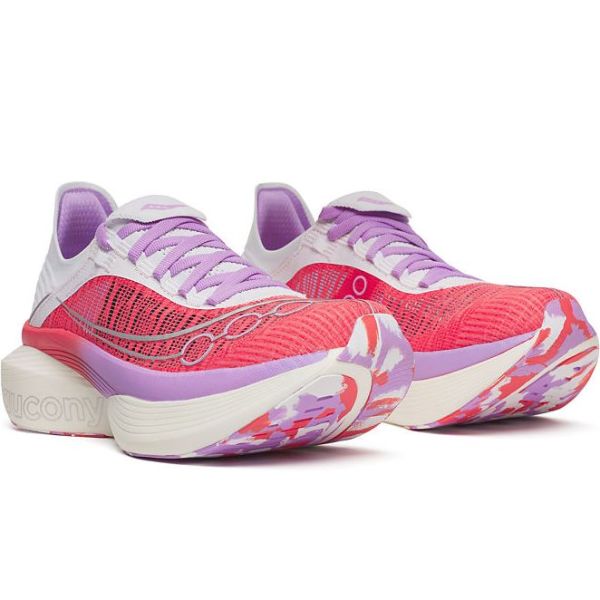
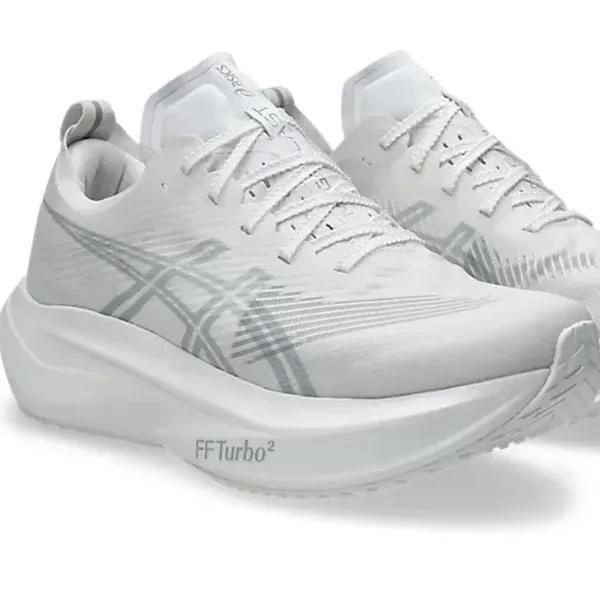
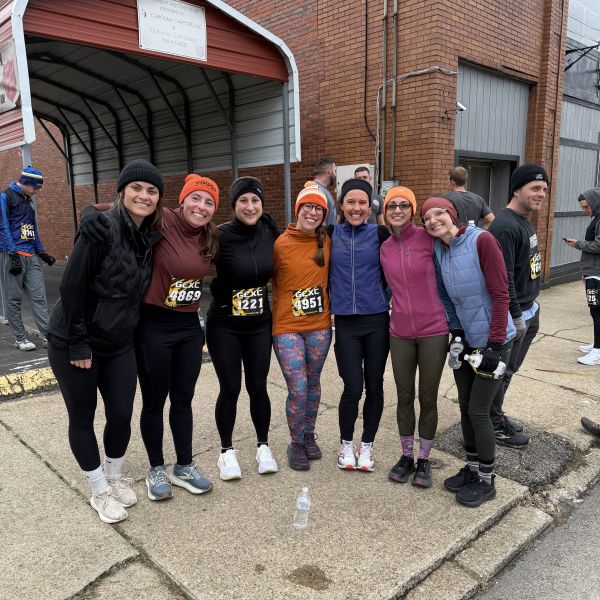
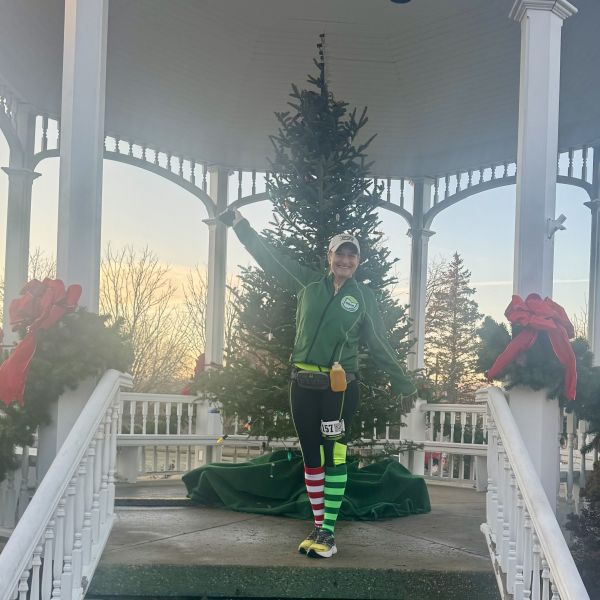
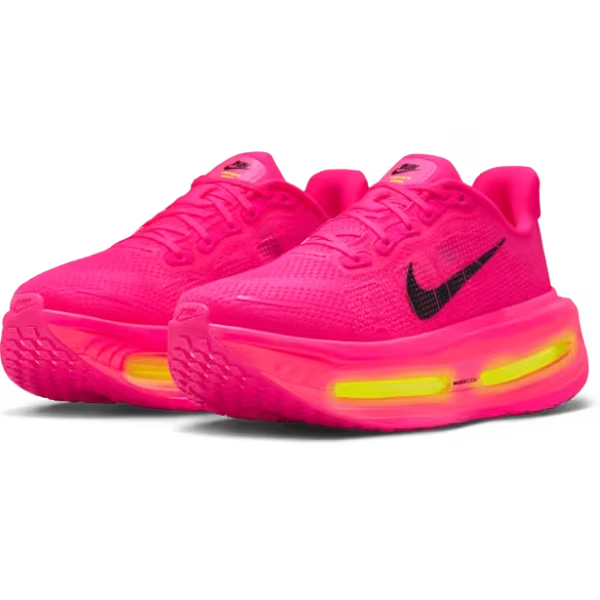
We Want to Give it to You!
